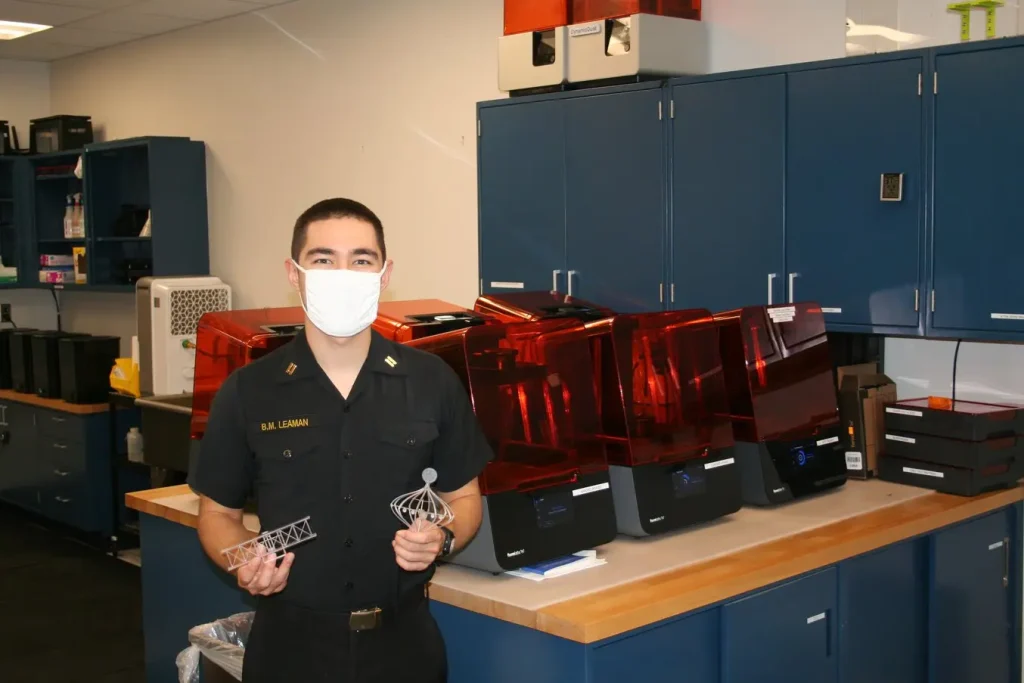Submitted by The Shift Communications Healthcare Team, @SHIFTcomm
As we bid adieu to 2015, this article recaps some of the
trending topics in the healthcare industry throughout the year, and provides predictions
as to what we anticipate for 2016. In no particular order:
trending topics in the healthcare industry throughout the year, and provides predictions
as to what we anticipate for 2016. In no particular order:
Gene Editing: With
the introduction of the CRISPR/Cas gene editing technology, the field of biology
has forever been changed, and the idea of being able to track down the genetic
basis of diseases has become one of the hottest ideas in medicine. CRISPR has
allowed scientists to edit genomes or turn off a human disease gene. Scientists
have begun to better understand genetic diseases with the use of this
technology, and in turn are drawing closer to therapies. As technology and
science continue to progress, we can expect to hear more about the advancements
made possible via CRISPR. While the idea of CRISPR draws similarities to a
science fiction novel, will 2016 bring us closer to the reality of imagining a
future in which certain genes can be edited to prevent disease? As we saw from
discussions around December’s International Summit on Human Gene Editing, we’ll
also become waist deep in dialogs around the ethics of the technology as it
relates to human modification.
the introduction of the CRISPR/Cas gene editing technology, the field of biology
has forever been changed, and the idea of being able to track down the genetic
basis of diseases has become one of the hottest ideas in medicine. CRISPR has
allowed scientists to edit genomes or turn off a human disease gene. Scientists
have begun to better understand genetic diseases with the use of this
technology, and in turn are drawing closer to therapies. As technology and
science continue to progress, we can expect to hear more about the advancements
made possible via CRISPR. While the idea of CRISPR draws similarities to a
science fiction novel, will 2016 bring us closer to the reality of imagining a
future in which certain genes can be edited to prevent disease? As we saw from
discussions around December’s International Summit on Human Gene Editing, we’ll
also become waist deep in dialogs around the ethics of the technology as it
relates to human modification.
Price Transparency:
While more than 16 million people who were previously uninsured are now
enrolled under the ACA, millions are on high deductible plans that still make
healthcare unaffordable, and for some inaccessible. For the first time,
healthcare prices are becoming transparent, but at a very slow pace. In 2016,
we will see the beginning of a groundswell towards the demand to know the cost
of care before setting foot in the doctor’s office or operating room. We’ll
start to see consumers seek services from telemedicine providers, retail health
clinics and other services that provide clear, transparent and easy to
understand pricing.
While more than 16 million people who were previously uninsured are now
enrolled under the ACA, millions are on high deductible plans that still make
healthcare unaffordable, and for some inaccessible. For the first time,
healthcare prices are becoming transparent, but at a very slow pace. In 2016,
we will see the beginning of a groundswell towards the demand to know the cost
of care before setting foot in the doctor’s office or operating room. We’ll
start to see consumers seek services from telemedicine providers, retail health
clinics and other services that provide clear, transparent and easy to
understand pricing.
The Patient-Centered
Approach: We started to see the patient-centered approach take hold in 2015.
Companies began to borrow a page from the retail playbook and utilize advanced
and predictive analytics to better understand the consumer, before they become
a patient. Beyond putting the consumer first, retail giants like Amazon,
Netflix and iTunes have found the secret sauce to utilize a deluge of data to
better understand how to engage with and ensure repeat, happy customers. By
utilizing familiar design patterns and principles with advanced technology, healthcare
companies will be further able to solve the problems of human engagement and
motivation.
Approach: We started to see the patient-centered approach take hold in 2015.
Companies began to borrow a page from the retail playbook and utilize advanced
and predictive analytics to better understand the consumer, before they become
a patient. Beyond putting the consumer first, retail giants like Amazon,
Netflix and iTunes have found the secret sauce to utilize a deluge of data to
better understand how to engage with and ensure repeat, happy customers. By
utilizing familiar design patterns and principles with advanced technology, healthcare
companies will be further able to solve the problems of human engagement and
motivation.
Wearables: We’ll
continue to see a robust amount of wearables in the market, but we should
expect the price of wearables to decline. This will be in part to new business
models that will be created based on the Internet of Healthy Things and of
widely accessible data. Cognitive computing will enter the wearable market and
we will begin to see a holistic view of personal health information and goals,
through the collection and analyzing of the wearable data. Biosensors will also
make a big splash in 2016, as the next generation of wearables are introduced
to have the ability to target chronic conditions. Will it be possible that the
next Apple iPhone will include biosensors? Unclear, but with mostly everyone
having a cell phone on or near them at any given moment, we can expect to see
more between the integration of smartphones, wearables and biosensors.
continue to see a robust amount of wearables in the market, but we should
expect the price of wearables to decline. This will be in part to new business
models that will be created based on the Internet of Healthy Things and of
widely accessible data. Cognitive computing will enter the wearable market and
we will begin to see a holistic view of personal health information and goals,
through the collection and analyzing of the wearable data. Biosensors will also
make a big splash in 2016, as the next generation of wearables are introduced
to have the ability to target chronic conditions. Will it be possible that the
next Apple iPhone will include biosensors? Unclear, but with mostly everyone
having a cell phone on or near them at any given moment, we can expect to see
more between the integration of smartphones, wearables and biosensors.
Telemedicine: With
the number of patients using telemedicine services projected to rise in the
coming years, 2016 will bring consumers/patients closer to no longer having to
be restricted to the hospital or a physician’s exam room to receive medical
care. This is good news for the healthcare industry, as telemedicine has the
potential to not only reach more people, but also drive down healthcare costs. In
2016, we’ll begin to see more health care providers and health systems
contracting with telemedicine companies. Mid-size companies will begin to
collaborate with local hospitals, providers and pharmacies to develop
telehealth solutions that partner directly with a health system or pharmacy.
For this to truly gain ground, the consumer will begin to place more and more
trust in telehealth adoption and 2016 might be the tipping point year.
the number of patients using telemedicine services projected to rise in the
coming years, 2016 will bring consumers/patients closer to no longer having to
be restricted to the hospital or a physician’s exam room to receive medical
care. This is good news for the healthcare industry, as telemedicine has the
potential to not only reach more people, but also drive down healthcare costs. In
2016, we’ll begin to see more health care providers and health systems
contracting with telemedicine companies. Mid-size companies will begin to
collaborate with local hospitals, providers and pharmacies to develop
telehealth solutions that partner directly with a health system or pharmacy.
For this to truly gain ground, the consumer will begin to place more and more
trust in telehealth adoption and 2016 might be the tipping point year.
By the time 2016 nears closing, we anticipate the healthcare
industry to continue to advance on numerous levels. Consumers will be more
aware of the status of their health, due to a better understanding of genetic
profiles, and the widespread utilization of predictive and advanced analytics
to target treatment therapies. Discussions will tightly circle gene editing
ethics, price transparency, predictive analytics, the next generation of
wearables, and placing trust in the adoption of telemedicine. While we may be
getting ahead of ourselves, it’s always interesting to consider what lies ahead
in the next year to 20 years, and how different will things really be.
industry to continue to advance on numerous levels. Consumers will be more
aware of the status of their health, due to a better understanding of genetic
profiles, and the widespread utilization of predictive and advanced analytics
to target treatment therapies. Discussions will tightly circle gene editing
ethics, price transparency, predictive analytics, the next generation of
wearables, and placing trust in the adoption of telemedicine. While we may be
getting ahead of ourselves, it’s always interesting to consider what lies ahead
in the next year to 20 years, and how different will things really be.


